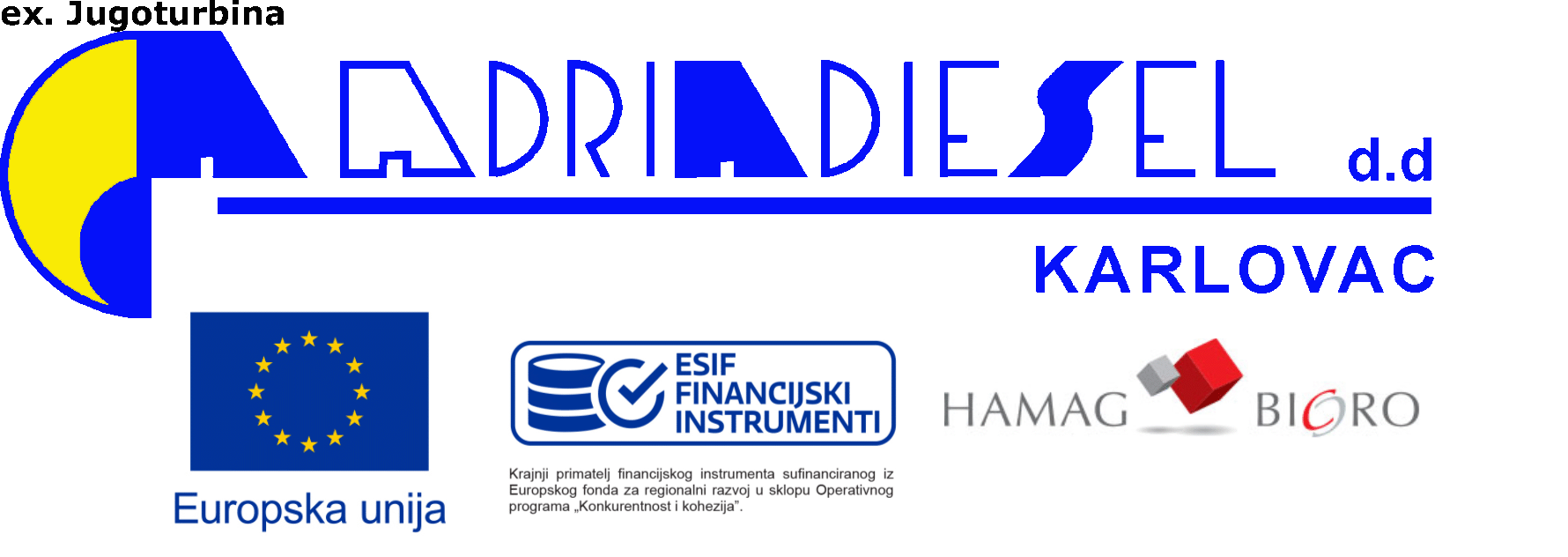MAN 28/32S is designed for stationary power plants. It is a reliable and robust engine model which can operate on a variety of liquid fuels. 28/32 complies with all emission limits with the potential for further exhaust gas treatment and can provide up to 4,230 kWm power.









